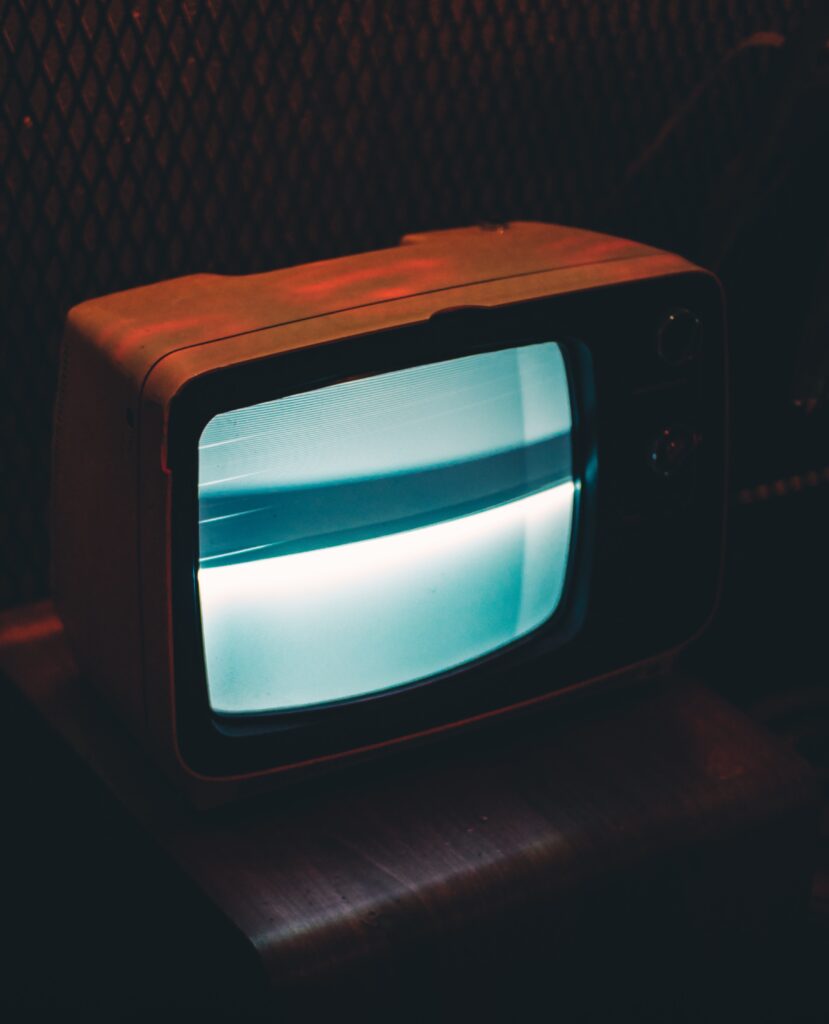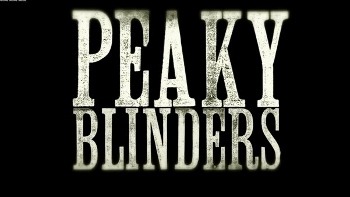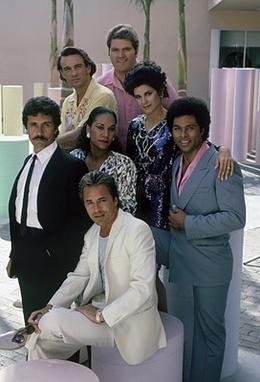Introduction
The television industry has gone through a major change post the 2000s. Following the 2020 decade, we expect various other aspects to evolve in a better way. This has led to a division between the viewers. One side believes that the classic television series were better while the other side believes that the modern television series are better. Whose side are you on? Decide it after considering the following differences between the two series.
Differences Between Modern Television Series and Classic Television Series
Viewers
The major difference between modern television series and classic television series is that they both are targeting different viewers. Classic television series were more dedicated to a whole family or elders aging over 35 – 40 years of age. Shows such as Miami Vice, The Brady Bunch, Cheers, Family Ties, and The Golden Girls have been quite popular during the 1980s and 1990s and all of these were for family or just adult viewers.
In contrast, modern television series are quite different as they have a broader range of audiences to target. The viewers do not only include the family or adults rather the youth, teenagers, elderly, and the children have their particular shows to watch. The viewership has become broader but the shows have become quite specific to each group of viewers. As a result, we see more shows from each category.
Adult Content
Although we have better regulatory authorities today, the shows are not as regularized as they were once. Classic television series did not have a lot of adult content such as nudity and abusive language. Only some specific tv shows had adult content in them while others were more focused on developing the main story.
However, if you see the modern tv serials and shows, there is open use of explicit language while there is very limited censorship. Television programs are showing more adult and sexual content which is not being censored as well. Take the example of the famous Netflix series “Peaky Blinders” which is full of abusive language and almost no censorship.
Episode Schedule
Classic Television series were not long. The episodes were short and came once every week or two. Take the example of a famous tv show called Cheers which had 275 episodes over 11 years. This makes it about 25 episodes per year which comes down to only 2 episodes a month. The duration was also only 30 minutes per episode. Similarly, Family Ties was also a very famous tv sitcom during the 1980s which had a running time of 24 minutes per episode only while there were 176 episodes over a period of 7 years.
On the other hand, modern television series are long. The longer episodes are quite helpful in providing the detail to the audience. Most modern television series have an episode duration of 40 minutes to 1 hour while there are newer episodes every week. This seems like a great way to keep the audience hooked who previously had to wait for 2 weeks for a newer episode. Take the example of Money Heist which has a new episode every week that lasts for 40+ minutes and may even go up to 60 minutes.
Social Issues
The social issues and stigmas of the past have been quite different than the ones we see today. This is why modern television series differ from classic ones. Earlier, there were general issues of the society such as poverty, club life, drugs, wars, mediocre family problems, income, disease, and other such issues. There were many tv sitcoms from the classic television series period which were from the comedy genre too.
However, modern television series are quite different from the classic ones because there are very different types of social issues that are raised in the tv series. Modern social issues which have recently gotten great awareness include the LGBTQ Community, Religious Disturbances, Extremism, Gang Wars, and the Role of Mafias. TV series like Money Heist are based on a high level of superior intelligence and the use of technology towards crime. Although the other issues are also considered, most tv series are based on the ones mentioned above.
See how modern TV stars are working in their career – Top Television Stars of the 2010s
Better Graphics
If you see a tv series from the 1950s, 1960s, 1970s, or even 1980s, you would see that the show’s visuals are not of high quality. The videos are neither in high definition nor do they provide complete clarity. Many series from the 1950s have been in Black and White as well. The classic television did not have better graphics nor was there technology to shoot videos on a high-quality scale.
Compare that with what we see today and you will find a total change in the quality of the videos. The modern cameras are well equipped to shoot 4K or even 8K videos with 1080 Pixels in a full high definition mode. The videos can also be captured on a higher frame rate which allows them to capture more detail. Although this is not directly related to the story of a tv show, it does impact the viewership. Many people do not watch a tv show if it has not been in proper video quality. The improved video quality also keeps the viewers hooked to the show even if there is a longer episode duration.
Fixed Timings Vs Available Episodes
A key difference between the classic and modern tv series is the aspect of fixed timings vs available episodes. Traditionally, the episodes of different tv-series were aired on a particular channel at a fixed time. Sometimes, there was a repeat telecast as well at a later time during midnight. However, the main problem that resided was that not everyone was available at the times during which the shows were being aired.
Another issue was that two shows used to be aired at the same time. Family members had conflicts because everyone wanted to watch their favorite show but with clashing timetables, only one of them was able to do so. If the two shows were quite popular, there was often a disturbance in the viewership.
Comparing that with modern television series, we would say that there has been quite an ease for the viewers. With the arrival of streaming networks such as Netflix and Amazon Prime, the viewers can watch their favorite tv shows at any time they want to. Besides the online streaming services, these networks also provide the users an option to watch, pause, forward, and rewind the series at any time they want to. Episode selection is also quite easy. The result is that people can watch their favorite television shows anytime they get free. Usually, elders are able to watch it early while the teenagers prefer to watch the shows during the night.
Original Vs Editing
Classic series from the 1950s were purely original. There was a little element of camera trick and editing involved in them. No matter if it was action or it was a simple television show, the originality was just like it was in the real world. There was no major editing done in shows that were aired in the classic times. As technology improved, we started to see more camera tricks and less original content.
The modern television series are unique in this regard as many of them have been based on fictional aspects. However, even fiction is presented in a way that seems quite real. As a result of this, the viewer’s interest in fiction serials and shows has increased drastically. With more camera tricks and editing, the serials might be able to show the reality in a better way but they are still contradicting the actual happenings. Critics believe that “Classic will always stay Classic because they were more real than what we see today”.
Most Influential Classic Shows
Since the advent of television after World War II, it became a staple in every household and, within a decade, took over the radio as the nation’s dominant entertainment medium. The Golden Age of Television is considered to be between 1948 and 1959 when many pioneering shows aired and were loved by the audience. These shows came in various genres, so there was something for everyone to watch. Here are some of the most influential classic shows from the Golden Age of Television.
Science Fiction: ‘Next Stop, The Twilight Zone’
Early science fiction show creators were highly talented and creative as their work pioneered special effects. Shows such as Next Stop, The Twilight Zone, Captain Video, and His Power Rangers were some of the first popular sci-fi shows. To create the special effects, the characters were superimposed onto cheap sets. Reflective light was used to do so, and this technology was considered cutting-edge at that time.
Twilight Zone was created for adults and debuted in 1959 and became a cornerstone of the genre and was used as inspiration well into the 1960s.
Sitcoms: ‘I Love Lucy’
Situation comedies, commonly known as sitcoms, blossomed in the Golden Age. Many shows that originated on the radio were brought to television. One of the more popular sitcoms was I Love Lucy, which aired from 1951 to 1957. This show starred a husband and wife team consisting of Lucille Ball and Desi Arnaz. This show revolutionized TV in various ways. The show was one of the first that was shot before a studio audience and used three cameras, which became the trend for TV entertainment productions for decades.
The show went against many norms as it showed off a multiethnic marriage. Yet it became America’s most-watched show on television.
Game & Quiz Shows: Want a Pie in the Face With That Scandal
Another popular genre at the time was high-stakes quiz shows. In these shows, viewers either tested their knowledge or watched other people solve puzzles, answer obscure questions or face various challenges in the hopes of winning money or prizes that were provided by the show’s sponsors. At the peak of game and quiz shows, almost 22 such shows aired every week.
Popular games and quiz shows include truth or consequences and Twenty-One.
Suggested Reading – The Five Biggest Rock Bands Of The 1980s
Conclusion
Although both modern television series and classic television series have their own features, we can see that both of them have made their fan base. The classic lovers seem to not adjust with the modern television series while people more interested in modern shows can’t seem to like the classic ones. Nonetheless, we can see that the television media has evolved quite a lot from the past which is better for the industry in numerous ways.









